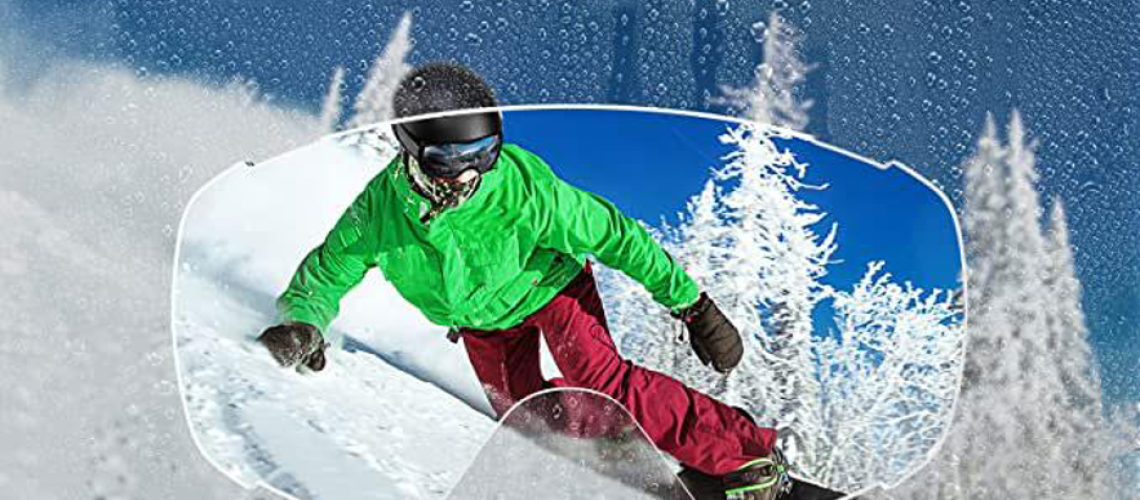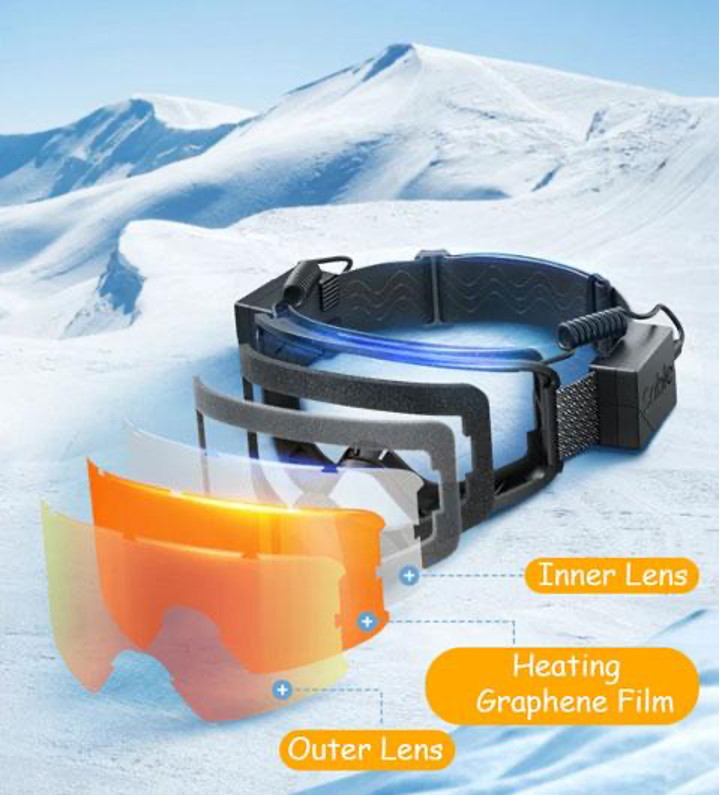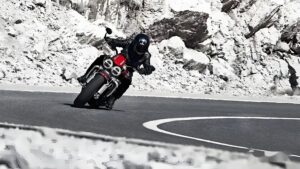Tons of manufacturers make Ski Goggles from all over the world, and they all claim to give the best Fog-proof Products. If you are a wholesaler and confused about which producers’ designs look more attractive but also functional, which raw materials you should choose, and what requirements should your Goggles meets, do not worry.
In this blog, we will guide you through the most basic problem of Fogging, which features manufacturers put in their goggles to avoid it, and where they can fool you. We will discuss all. So, keep reading if you wanna know more.
Checklist:
✓ Why do Fogs Build up on Ski Goggles?
✓ How do Manufacturers Solve Fogging Problems?
✓ Steps to make sure your Manufacturer meets all Standards?
1) Why do Fogs Build up on Ski Goggles?
Before answering the question of why Fog builds up, we have to understand what Fog is.
You see, when the water dries up from floors & lands, it does not just vanish, but it just ends up in the air in the form of small unseeable molecules called Water vapors, and the process is called Evaporation. And as you already know, the water evaporates due to heat.
So, when cooled down due to low temperature, the unseeable water vapors, which are in the air, end up back into visible small water droplets, a process called condensation. Just like Chilled drinks get wet when you get them out of the fridge. And back to what fog is;
“The term Fog is used when unseeable water vapors condense and become visible in the air or fall on a surface.”
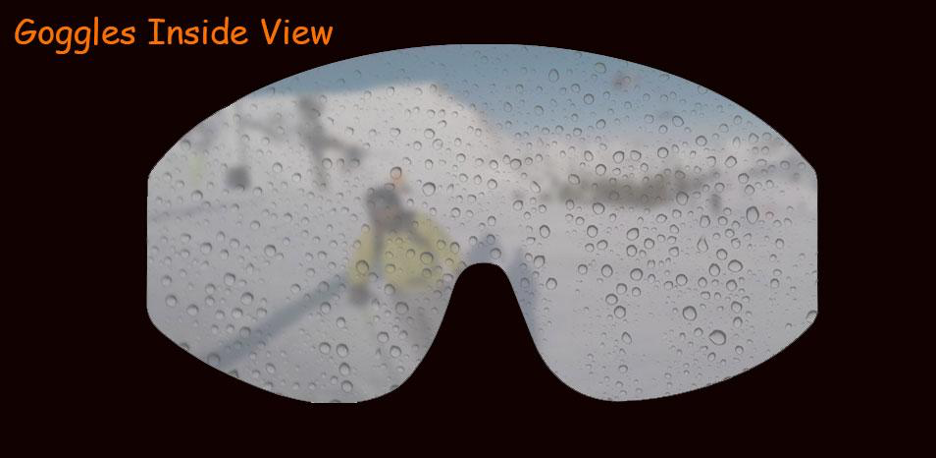
In the case of Ski Goggles, the inside area has water vapors but just in the air. But when cool speedy air falls on the Lenses, it chills them. Hence, the water vapors inside also cool down, convert into droplets, and form a layer of fog on the inside of the screen.
This fog just blocks all of you in just 1 or 2 sec, make you all blind, and you may end up in a terrible accident. And the worst thing, as this fog is inside the lenses, you can not wipe it off because Ski Goggles are closed from every side.
2) How do Manufacturers Solve Fogging Problems?
All the Premium Manufacturers Design their Ski Goggles with these below 3 must-have mechanisms ( 4th is an extra enhancement );
- i) Dual Lenses
- ii) Anti-Fog Coating
iii) Good Ventilation
- iv) Graphene Heating Film
i) Dual Lenses
Have you ever used a Tea Thermoflask and if you did, have you ever wondered why the tea always remains so hot in it? Well, the answer is simple;
“Heat ( or cold ) requires a medium ( air ) to travel, except in the form of radiation, such as sun rays, but we are not talking about sun rays here; we are talking about the coldness or hotness of air.”
In a thermos flask, there are two walls, outside which you hold and inside where you put tea. And from between these two walls, the air is sucket out; a vacuum is created permanently. Finally, from this vacuum, the hotness of tea can not travel outside, so the tea remains hot, or the chilled water remains cold.
In the same way, in Ski Goggles, there are two lenses installed, and the air from between them is sucked out. The vacuum between them acts as a thermal barrier and stops the outside cool air from chilling the inside lens. So, the inside remains mostly warm, no unseeable water vapors from inside air get cool down to visible droplets, and no fogs build up.
Please be aware the outside lens will get chilled, but the coldness will never travel to the inside lens because no air is present between them to transfer coldness.
ii) Anti-Fog Coating
You see, we can prevent the cool air from transferring from the front by dual lenses, but what about the air cooling the frame & foam padding? The coolness will eventually move to the inside air and cause fogging.
To prevent that, 2- additions are made, of them is;
“Coating a thin layer of Anti-Fog Chemicals on the inside of the inner lens and even if fogging occurs, this layer will decrease or completely clear it.”

- Repel Fog: In this way, the Anti-Fog coating is made of Hydrophobic chemicals, which you can say chemically hates water, and never allows them to stick with them. So, the fog which happens will slide down, and you get a clear view.
- Absorb Fog: In this way, Hydrophilic Chemicals are used to make Anti-Fog Coating. These water chemically love water and absorb it, just like foam. And the absorbed water will be arranged like a transparent layer on the lens, and you will not even notice it’s there. Finally, you again get a clear view.
Some manufacturers use Hydrophobic Coatings, some Hydrophilic ones, and some both. Professionals always suggest using mixed coatings for better results.
iii) Good Ventilation
Anti-Fog Coatings are no magic. As we mentioned, Anti-Fog coatings decrease fog formation, not vanish fog. And if the moisture rises above a certain limit, fog will form again, and anti-fog coating will be able to do nothing.
In Ski Goggles, all sides are closed to prevent the air from hitting & drying the eyes and freezing your face. But skiing is an exercise in which you sweat from all over your body, including your head, face, and eye area. This sweat evaporates in the air and raises the moisture level of the inside air. And at one point, this excessive moisture fails the anti-fog coatings.
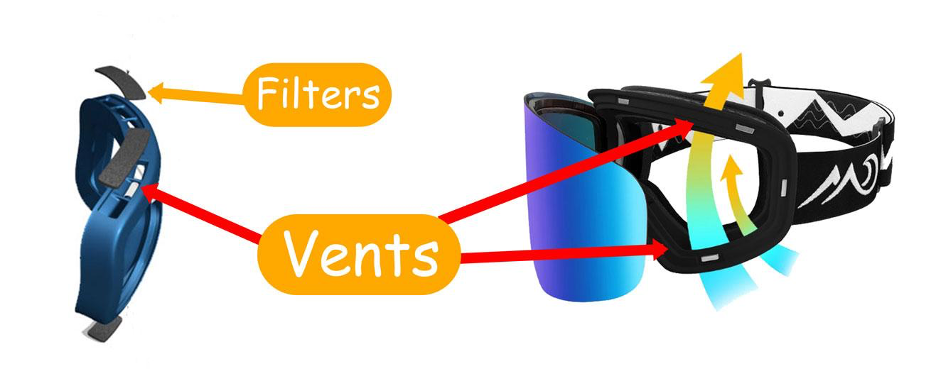
So, this problem is solved by making small vents on the top and bottom, or sometimes even the front and sides of the frame. These vents allow less moisture air to come in and force out the high moisture air. So, the moisture level is always at a constant level, even if you sweat a ton. And the Anti-Fog coating keeps working.
However, the problem with this enhancement is that cool air will come in and chill your face. To prevent that, filters on vents are installed, which allow only a little air to come in, which gets hot by your body temperature quickly. We know this is not an ideal solution; there will still be some cold air, but it is better than being blind by fog.
iv) Graphene Heating Film
Some manufacturers may install advanced features like the below to control fogging;
“A Graphene Film is installed between the lenses, and when powered by the battery, it heats up and warms the lenses to prevent condensation and fog formation.”
3) Steps to make sure your Manufacturer meets all Standards?
If you are an importer, Wholesaler, or retailer who is buying in Bulk and want to make sure you get the Best Anti-Fog Ski Goggles quality, then just follow the below steps;
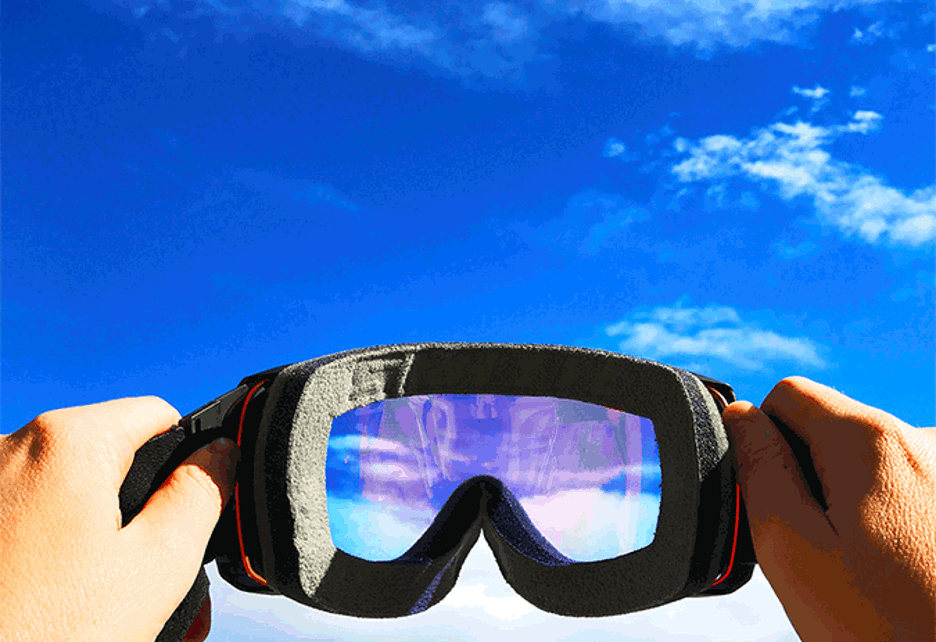
- Must have Mechanisms: Always make sure that your seller Anti-FogGoggles must have Dual Lenses, Anti-Fog Coating, and good filter vents.
- Anti-Fog Coating Quality: Mixed Hydrophobic & Hyphilic Anti-Fog coatings are a little pricey, but they do give the best results. Ask your seller uses to them.
- Electroplated Coatings: Some manufacturers use cheap Anti-Fog sprays, which only last a few days to a few weeks. In Contrast, the electroplated coated lens can withstand for years.
- Lenses Material: Some manufacturers use Cheap Thermoplastic material to make lenses. This is a very weak material; it will not hold the vacuum. Always make sure your seller lenses have Polycarbonate ( preferably 40% ) in lenses for strength and clear view.
- Tests: These days, business is done mostly online, and you can never know if the seller used the promised materials & processes. To ensure that, always ask the seller for various test reports like Impact Test, UV & VLT Test, Scratch Proof Test, Anti-Fog Tests, and so on. In this way, the seller will be bound to an agreement, and if he delivers anything else, you can legally ask for a claim or refund.
- Criteria Certificates: Lastly, the best way to ensure the Ski Goggles will perform well is to ask a manufacturer to get International Standard certificates, like ISO, FDA, CE, etc. These certificates ensure that they use the best criteria out there to make & test their products.
If you are a business person looking to buy Anti-Fog Ski Goggles in Bulk, then, We MPM Goggles® can fulfill all your Custom requirements.
Our Polycarbonate Reinforced Lenses have the best quality Electroplated Anti-Fogs coating, which will neither scratch off nor fade away for a long time. Specially designed vents ensure a smooth flow of air & the filter keeps the ice & dust outside the goggles.
Besides Ski Goggles, we MPM Goggles® also produce millions of units of Motorcycle Goggles, Sunglasses, and eye-wear accessories of all kinds. All of our products pass UV, VLT, Impact, & all other necessary tests, and we can provide you with International Standard certificates like CE, Rohs, ISO, and so on.
We treat our Customers like Family, even during after-sales services.

